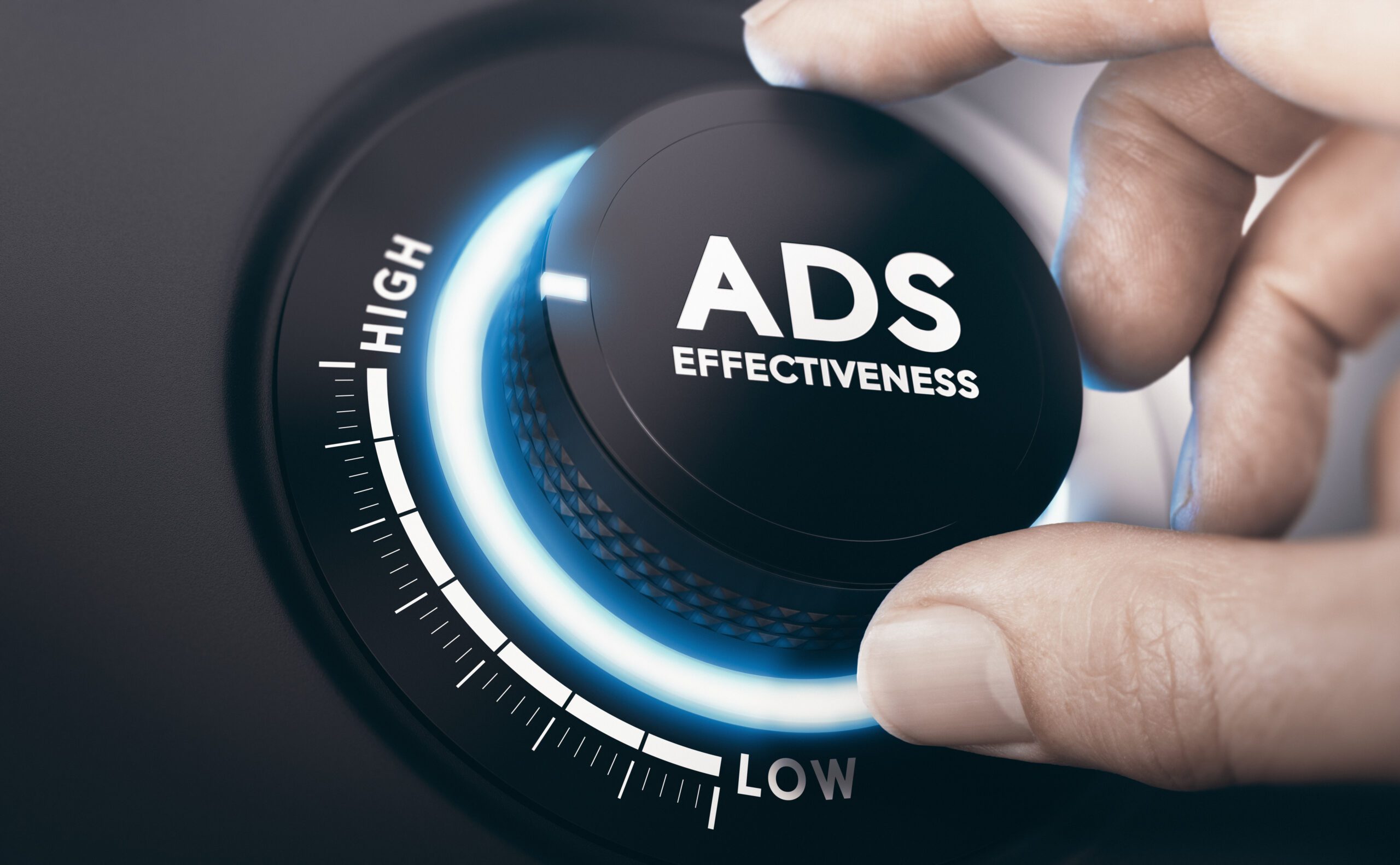The traditional methods of measuring the success of an ad campaign might not work for brands trying to build a market reputation. Primarily, the most common metrics of measuring ad campaigns are brand recognition, awareness, and considerations. These are based on ad views, click-through ratio (CTR), cost-per-click (CPC), conversion rate, return on advertising spend (ROAS), social media sentiment, and earned mentions.
Unfortunately, marketers fail to account ad fraud metrics into these brand campaigns, and therefore, the results are untrue and lead to a loss of revenue. Moreover, fraudsters use the ignorance of marketers from either startups or big brands to their advantage through domain spoofing, click spamming, click injection, and other fraudulent practices. Ad fraud is an industry-agnostic problem. Fraud is getting detected in BFSI, OTT & Media, Gaming & Ed Tech to the extent of 35-45% both on apps and on the web.
As a result, the reachability to the end-user diminishes, cost per keyword/ clicks/ conversions, etc., inflate, marketing strategies become misconstrued, and brand reputation tarnishes. Cybercriminals even collect the personal information of potential consumers and earn additional revenue by showing higher traffic/clicks through these malpractices. According to a report, ad fraud would lead to a loss of $44 billion by the end of 2021.
Must Read: Rising Menace of Ad Fraud in MENA Region
The Success Metrics of an Ad Campaign
● CTR and CPC
The average CTR across all industries is 1.9% for search ads and 0.35% for display ads. Technology has the highest CTR of 0.84% on Google Display Network, whereas dating & personal tops the search CTR with 3.4%. Presently, the average CPC for display ads is $0.58 and $2.32 for search ads. Employment services reap the highest CPC of $1.66 for GDN and bear the highest CPC for search ads, i.e., $4.20.
Our analysts suggest that marketing campaigns have 15-25% of ad frauds. Therefore, recognizing such frauds can result in saving significant ad spending. Moreover, the results would become more eminent and consumer-driven. Our experts follow a deep insight approach for an ad campaign focusing on clicks, events, conversions, etc. Therefore, the ad spending would deliver the expected results at lower costs.
● Conversion Rate
The average conversion rate states the total conversions after running an ad. A high conversion rate signifies that the campaign is running effectively by delivering more leads/customers. According to WordStream, the average conversion rate of Google display ads is 0.57%, whereas it is 4.40% for search ads.
Ads can have a low conversion rate for three reasons; namely, ad channels have a poor user experience (UX), ads not reaching the relevant audience, and issues with security certificates. A study suggests that enhancing UX increased sales for 74% of business owners. Similarly, programmatic display ads can publish on platforms unsuitable for the audience and tarnish a brand reputation or low reachability.
● Cost Per Acquisition (CPA)
As the name suggests, CPA is the cost incurred by a brand after completing an action, such as event registration. According to research, the average CPA for display ads is $60.76 and $59.18 for search ads. Fraudsters often use the practice of cookie stuffing for deliberately obtaining ad attributions.
Often a user browser is stuffed with unalarming browsing cookies for delivering optimum experience, even from unrelated advertising sites. Therefore, MMP or the attribution tool often mistakes the attribution of a paid action to the cookie, mostly resulting from missing information or technical errors. The cybercriminal makes use of these mistakes by stealing the attribution and getting paid for false advertising.
Such wrongdoings are common across industries, and therefore, there is a need to keep these aspects in check. mFilterIt’s Ad Fraud Solution detects & prevents such actions of publishers on app/web and saves up to 15-25% on ad spending. The ML and human feed-based model focus on duplicate IP, fake devices, incorrect regions, and other touchpoints to determine digital ad frauds.
Takeaway
Every company running digital campaigns, from the largest spenders to the new-age startups, they’re all bleeding precious marketing spends on account of ad fraud. From affiliate traffic to walled gardens, fraud is omnipresent. The level of ad fraud may vary between channels, but the size of the problem is huge enough for advertisers to improve their ROI by taking action against it. From media marketing campaigns to performance-driven campaigns, the scope of fraud today encompasses the entire digital landscape.
Finally, advertisers assume that more “trusted” partners have tools and checks in place to protect against this menace. While that is generally true, unfortunately, the level of protection and the detection of fraud is very superficial. It results in fraud identification of only the basic minimal type, and the advanced cases are ignored or missed.
The problem intensifies when we go deeper to find out that ad fraud is not just an IVT issue anymore. It’s not that fraud is low; it’s just that fraud uncovering is low. There’s more to it that is better disguised owing to sophisticated technologies; hence basic fraud detection technology sees less and less of it.
We at mFilterIt combat these fraudulent activities in real-time and help drive the media quality and effectiveness. We detect and prevent abnormal patterns and take corrective actions on the go. While very bad traffic is easy to pinpoint and weed out, very good traffic can equally be a problem. By conducting continuous analysis and research, we give precise information on the sites, apps, and devices responsible for malicious activities. We unleash the power of machine learning, data science, and artificial intelligence to extract the best out of the marketing campaigns and protect the advertisers in virtually real-time, and better the ROAS.





